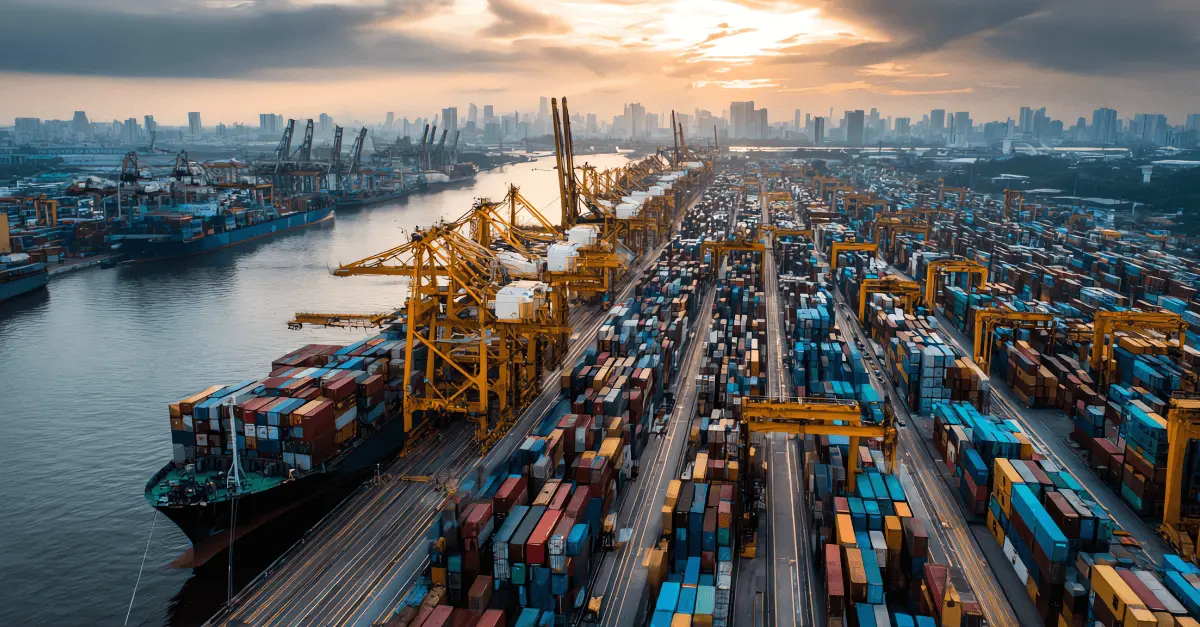COVID 2021: Cases and Vaccination Rates in Countries of Critical Electronics Suppliers
A deep dive into COVID data for multiple countries containing important supplier sites for the electronics supply chain.
.jpeg)
Critical electronics suppliers exist around the globe. Duh. And with our current pandemic being a 'global' one, many countries with critical electronics suppliers have been impacted by rising COVID cases. From the Netherlands and Germany to the US and India, we've gathered data on each country's COVID cases and vaccination rates.
Now that we are a little over a year into the pandemic, let's take a moment to observe this data.
Netherlands and Germany
As of April, the state of Bavaria in Germany (which houses Kemet, TI, and Vishay) has seen significant 7-day moving averages in confirmed new cases.

While the moving average was much worse in December and January, Bavaria's numbers appear more concerning when compared to the numbers coming out of Nijmegen, Netherlands (which houses Nexperia and NXP SEMICONDUCTORS). However, looks can be deceiving. Further data shows that the Netherlands is more at-risk for COVID-related disruptions than Germany.

While the moving average is much lower for Nijmegen than Bavaria, the cases per 100,000 inhabitants are actually higher in the Dutch state. Additionally, Netherlands' vaccination rates currently do not outpace its cumulative case rates, while Germany's vaccination rates started to outpace its cumulative case rates in March.


As of May 5th, Germany has had at least 8% of its population fully vaccinated, and nearly 30% of its population has received at least one dose. For the Netherlands, 5.5% of its population is fully vaccinated while 25.7% has received at least one dose.
The Dutch are a little behind Germany in vaccinations, but for now, neither country appears to be at a high risk for COVID-related disruptions.
Japan and South Korea
Late last year, news outlets praised South Korea and its citizens for containing the pandemic.
Remind me: what's that fable about counting your chickens before they hatch?
In Seoul (which houses important electronics suppliers and fabs such as Intel, Maxim, Samsung, and more), 7-day moving averages reached record heights in early January and have remained higher than last year's record highs through April.

Fukui, Japan (which houses a Samsung factory), has been a different story. The moving average has been low and steady since the start of the pandemic. Props to them.
Yet as a whole, Japan and South Korea should be more worried about their vaccination rates. As of April, only 0.5% of Japan is fully vaccinated and a mere 0.1% of South Korea have received full vaccinations.

While the number of people vaccinated in Japan now outpaces the number of cumulative cases, this chart is more of a testament to Japan's ability to prevent viral transmission than its ability to administer vaccinations. Because Japan has done so well to prevent cases, the country's risk for pandemic-caused disruptions remains fairly low.
On the other hand, South Korea has not done quite as well to curb viral transmission in its capital (see cases per 100,000 people).

But they have done well as of late in their rollout of vaccinations, as you can see a sharp increase in people vaccinated during April.

Keep an eye on Japan and South Korea's vaccination plans. For now, they're doing okay, but it looks like the media has taken a different stance on things (maybe they're upset after praising the two countries' pandemic response in 2020, only to see them struggle in 2021).
US and India
The US was not doing well in 2020, and the start of 2021 appeared sluggish in states like California (which houses Cisco, BROADCOM, and other factories) where 7-day moving averages of new cases were on the rise.

But vaccine rollouts began to curb the number of new cases—which have fallen in April. India, on the other hand, has taken a turn for the worse. The 7-day moving average has increased by over 400% since March, and the vaccination rates offer little hope for a quick turnaround.

Only 1.0% of India has been fully vaxed as of April, but that number has jumped up to 2.2% as of May—offering some optimism for the country.
Meanwhile, the US has jumped from 22.4% fully vaccinated to 32.7% as of May. The amount of US citizens vaccinated now outpaces the number of cumulative cases, which is a big win.

India still lags behind its cumulative cases, but at least its vaccination rates are on the rise.

If India can continue to increase its vaccination administration from month-to-month, the country should start to see a decline in its extreme new case rates.
Singapore and Taiwan
After difficulties in 2020, Singapore has locked down its troubles with COVID. Taiwan, apparently, has not had any trouble all along.


Taiwan and Singapore are also outpacing cases with their vaccination rates. And like Japan, this is more representative of each country's ability to reduce viral spread than their ability to administer vaccinations.


They are going to need to increase their vaccination rates in order to avoid potential outbreaks.
Frequently Asked Questions





The Z2Data Solution
Z2Data is a leading supply chain risk management platform that helps organizations identify supply chain risks, build operational resilience, and preserve product continuity.
Powered by a proprietary database of 1B+ components, 1M+ suppliers, and 200K manufacturing sites worldwide, Z2Data delivers real-time, multi-tier visibility into obsolescence/EOL, ESG & trade compliance, geopolitics, and supplier health. It does this by combining human expertise with AI and machine learning capabilities to provide trusted insights teams can act on to tackle threats at every stage of the product lifecycle.
With Z2Data, organizations gain the knowledge they need to act decisively and navigate supply chain challenges with confidence.


.svg)






